The Ultimate Guide To Setting A Marketing Budget For IT Companies
Last Updated: March 17, 2023

Many IT companies get their start as a one-man operation and rely almost exclusively on word of mouth, referrals, and other organic offline means to get past their initial growth stages and establish a revenue stream. Once the initial founders outgrow their capacity and begin to hire employees, the need to develop a more formal sales and marketing process arises. This is due in part to the fact that employees will almost never care about the growth and future success of the company as much as the founders do and as such, won’t work their networks to bring in additional sales. This is a point where many businesses stumble and get stuck in a perpetual cycle of stagnant growth, employee turnover, and burnout. A big part of this vicious cycle is that IT company founders are often experts in a trade or craft and lack formal training in building a sales and marketing engine to sustain their business. The first step in overcoming this barrier is to set an adequate marketing budget and that’s why this article will serve as The Ultimate Guide To Setting A Marketing Budget For IT Companies.
Project Annual Revenues
The first step in determining an adequate marketing budget is to project your annual revenues for the upcoming year. Developing projections can be a topic all on its own but make sure to be realistic about your projections. Make sure you consider factors like macroeconomic conditions, microeconomics conditions, previous years’ performance, and the sophistication and effectiveness of current marketing efforts.
Develop a worst-case scenario, a best-case scenario, and a best-guess scenario, then add them together and divide by 3 to get an average of your projections.
Understanding Your Market And Positioning
The first step towards budgeting for marketing is understanding where your particular market is in the product life cycle. This is a key consideration that will dictate what you should spend. A company developing artificial intelligence or robotics products is almost certainly going to be in the intro or growth quadrants below, while an MSP company providing commodity services such as office 365 management are likely competing in a market that is fully matured or even declining.
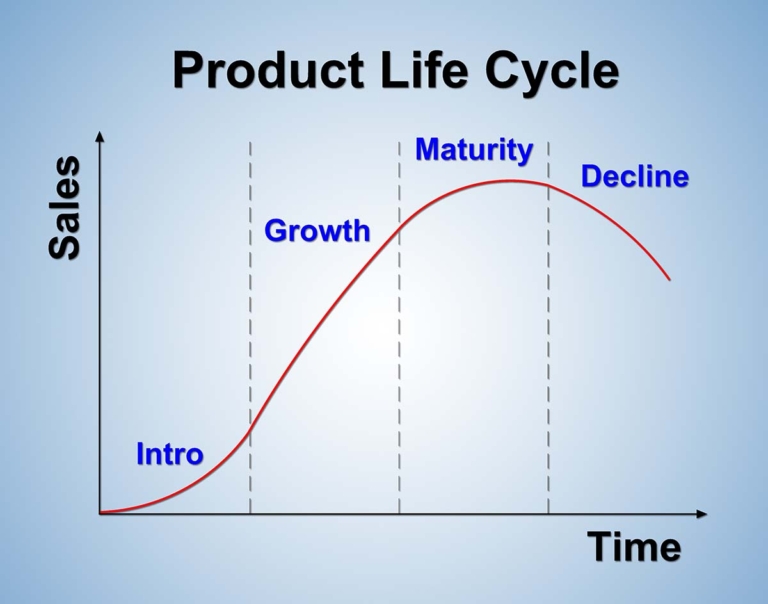
Budgeting In Developing Markets
Developing markets are often faced with the challenge of having to create the market as well as the products and services for the market. Sales and prospecting resources will have to reach out and educate potential consumers about the existence and the benefits they can provide. The need to educate is accompanied by a higher marketing cost and marketing spending should be in the range of 20-30% of projected annual revenues. In developing markets, there is also lower competition and high levels of differentiation which result in higher margins. These high margins should offset the additional marketing expense so it’s important to make sure your pricing is appropriate.
“baseline spend in emerging markets should be in the range of 10-15% of projected annual revenues.”
Budgeting In Mature Markets
As new competitors enter a market and existing companies refine processes and achieve the volume required to benefit from economies of scale, margins begin to compress. Thankfully marketing expenses begin to compress as well because the burden on companies to educate the consumer base is substantially lower than in developing markets. At least a portion of consumers will have already recognized a need and be actively searching for the product or service. There is substantial demand for general-purpose IT services for things like network management and office 365 admin. Marketing spending in developed competitive markets should be closer to 7.5% of projected annual revenues.
“baseline spend in mature markets should be close to 5% of projected annual revenues.”
A Quick Note On Startups
Brand new businesses are a completely different animal than those with an established revenue stream. As such, budgeting is different and there are two general approaches that can work for your specific circumstance.
Surplus Cash
If you have cash reserves and are constrained by time, I would recommend budgeting a minimum of $15,000 in marketing costs (2019 Jacksonville, Florida Dollars). This covers a professionally built website, initial branding activities such as logo designs, polished social media pages with optimized graphics, and a $500/mo advertising budget. Be aware that these numbers can easily triple or more in high cost cities such as NYC, or San Francisco.
Surplus Time
When you have a surplus of time you can take a do-it-yourself approach to building out a digital presence and focus on attending networking events and selling yourself by creating in-person relationships. This is the most expensive way to generate sales but is nonetheless effective and will serve as a stop gap until you can upgrade your budget and put more focus on building a marketing engine.
Understanding Business Strategy

Now that you’ve developed an understanding of your market and established a baseline marketing spend, it’s time to adjust that figure by understanding your business strategy. I always try to ask my clients this question at the beginning of a project and the answer is almost always the same.
Would you consider your business to be a:
- Cost leadership company
- Provider of differentiated or premium products/services
- A value-focused company (Bang for the buck)
Nearly everyone answers with option 3. The thing is, this option doesn’t exist in a small business context. In most cases, the value answer is a symptom of a lack of a clear business strategy. Do you provide something unique in your services that distinguishes you from your competitors? Or have you mastered the delivery of your product or service to the point where you can produce it faster and cheaper than the competition?
If you chose the differentiated option take your baseline figure from above and add 2.5%.
If you chose the cost leadership option take your baseline figure and subtract 2.5%.
Consider Your Appetite For Risk

Operating any business comes with a certain level of risk. When developing a marketing budget, consider your appetite for risk when determining a spending amount. Do you want to be aggressive, or is it time to turtle up and seek shelter? Both decisions have their pros and cons. Overspending results in inefficient use of resources and can result in cash flow issues if not curtailed. Under-spending results in forgone opportunities, stagnant growth, and loss of market share. Consider current business questions and ask yourself whether it would be advantageous to be more aggressive or more conservative.
If you answered aggressively add 2.5%.
If you answered conservatively subtract 1%.
An Example Marketing Budget
Let’s work through an example. Let’s pretend Tortoise and Hare Software (TNHS) is developing 2020 projections and wants to determine its marketing budget. FY2019 saw annual revenues of 500k but they recently acquired additional funding for FY 2020 and want to grow revenues to 1MM. TNHS has analyzed various sales mixes for achieving 1MM in revenue and after determining cost structures, are expecting to be able to deliver 1MM in revenue on a 40% gross margin, leaving 400k for a marketing budget, administrative expenses, and potential profits. Developing revenue to 500k was a slow, multi-year process and to make such a substantial leap will take increased investment in marketing. Investors are asking for a growth plan.
Market Position
The digital marketing and software development industries are growing and changing rapidly. New innovations from upstream suppliers like Google and Microsoft are reaching the market constantly and the burden falls on boutique service providers to serve as evangelists for their capabilities. Solutions are abstract and as such, providers must bake cushion into their margins. TNHS decides that their market characteristics meet that of a growth market and decide to establish a baseline of 10% of projected annual revenue for their marketing budget.

Business Strategy
TNHS has a deep bench of expertise relative to other competitors in the market, and has expertise in delivering solutions remotely over a geographically distributed area. TNHS also puts an emphasis on select services in sales conversations that other providers tend to overlook. These create an advantage and serve as a differentiator among competitors. TNHS is pursuing the differentiated business strategy and adds an additional 2.5% to their marketing budget.
Risk Profile
TNHS has always followed a fiscally conservative approach to growth. Taking funding requires certain concessions though and aggressive revenue targets and investor pressures call for a change in philosophy. TNHS decides to take an aggressive approach to invest in marketing. Following the guidelines above they increase their marketing budget by another 2%.
Calculating Marketing Budget
This is an admittedly simplified example, but a budget profile for TNHS might look something like the below.
Company: Tortoise and Hare Software
Projected Annual Revenues: 1MM
Market Position: Growth, Baseline 10%
Business Strategy: Differentiated: +2.5%
Risk Profile: Aggressive +2%
Total Marketing Budget (% of revenues): 14.5%
Total Marketing Budget (Dollars): $145,000
Gross Margin(% of revenues): 40%
Gross Margin(Dollars): $400,000
General & Administration Expenses: $100,000
Operating Income($400,000 – $100,000 – $145,000 = $155,000
We hope this article has helped you develop a marketing budget for your business. Adequate budgeting for marketing takes courage but just remember:
Fortune favors the bold.
For more great content delivered straight to your inbox, don’t forget to subscribe to our email list. Thanks for reading.


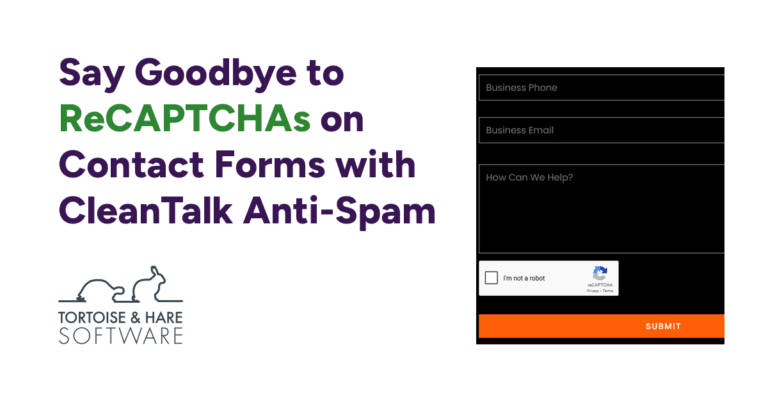

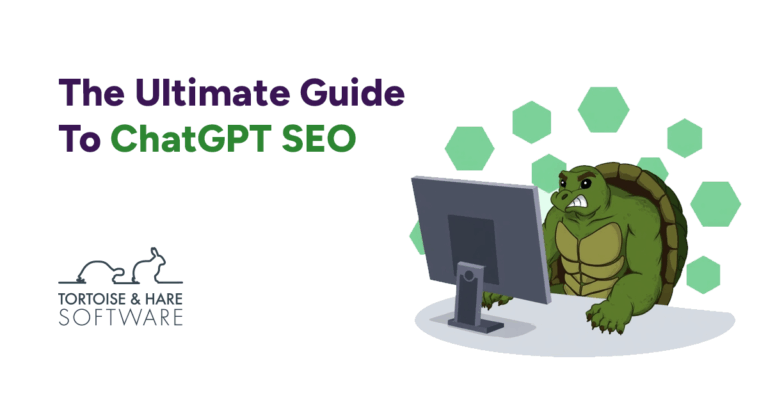
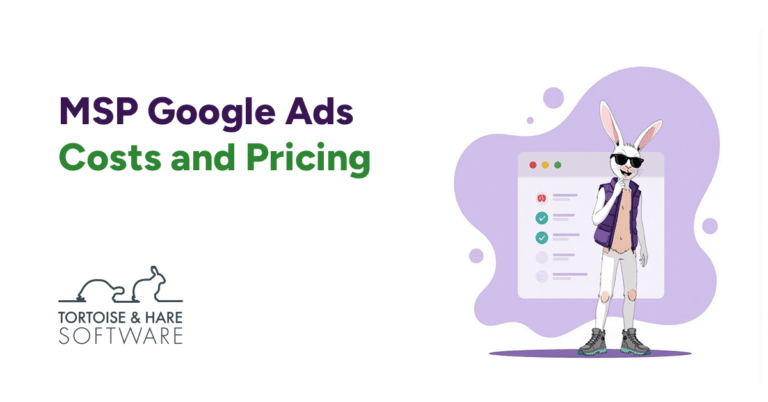


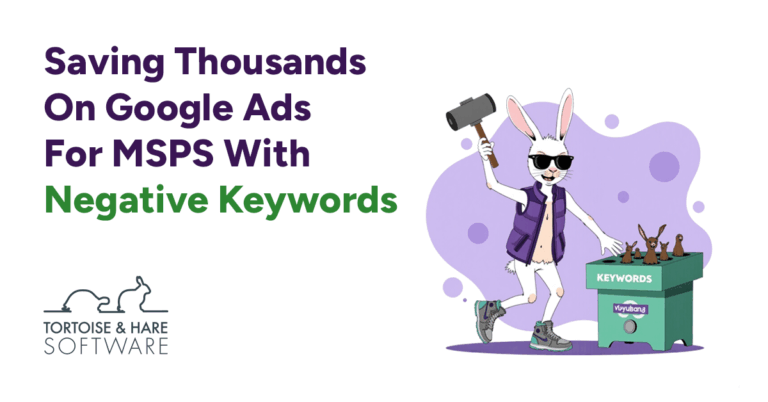

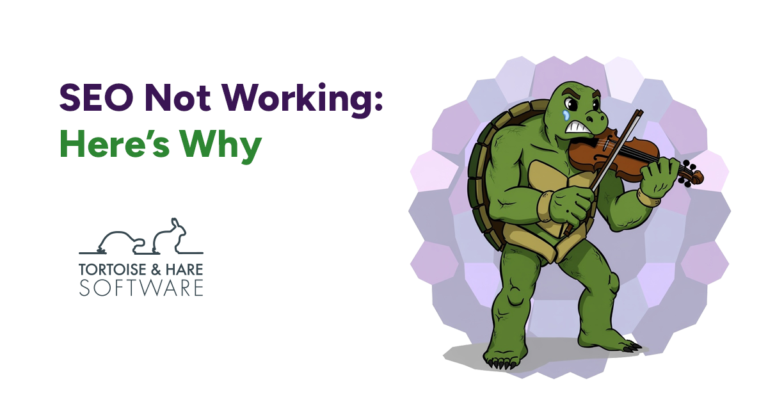
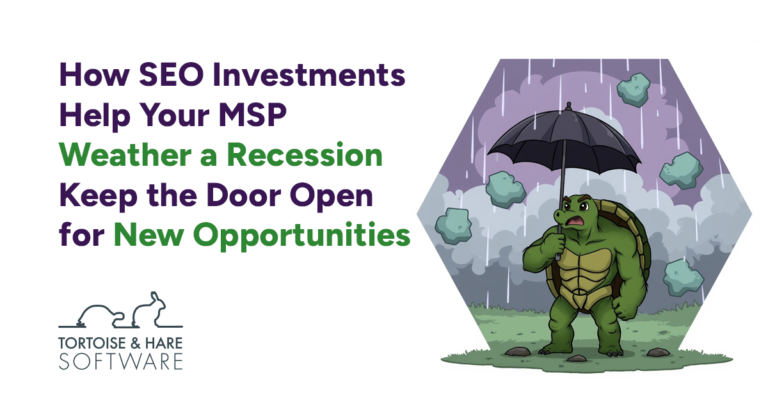
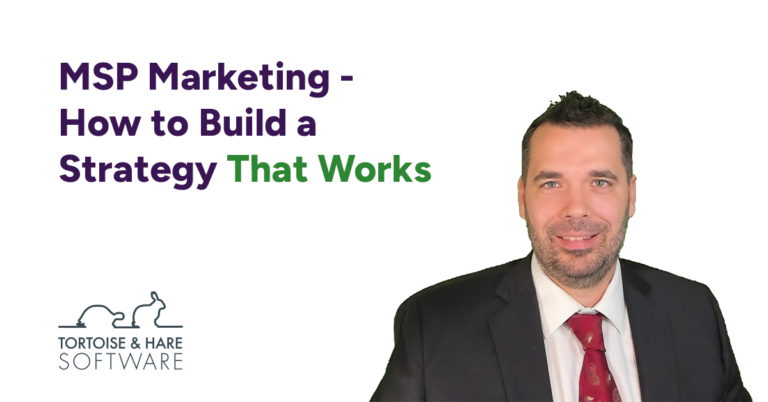
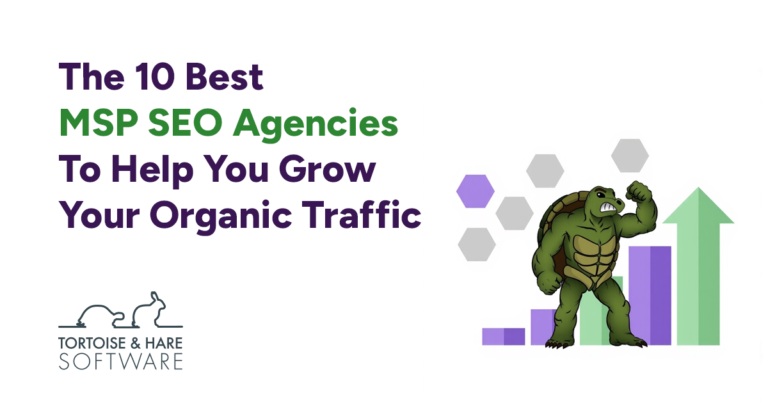
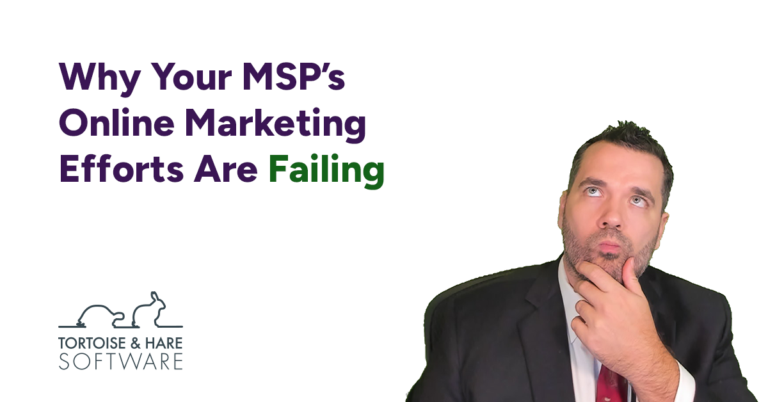

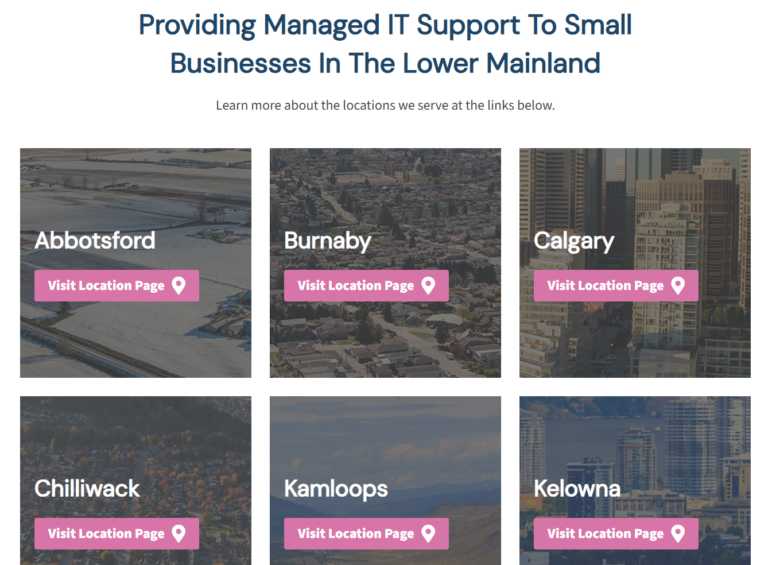







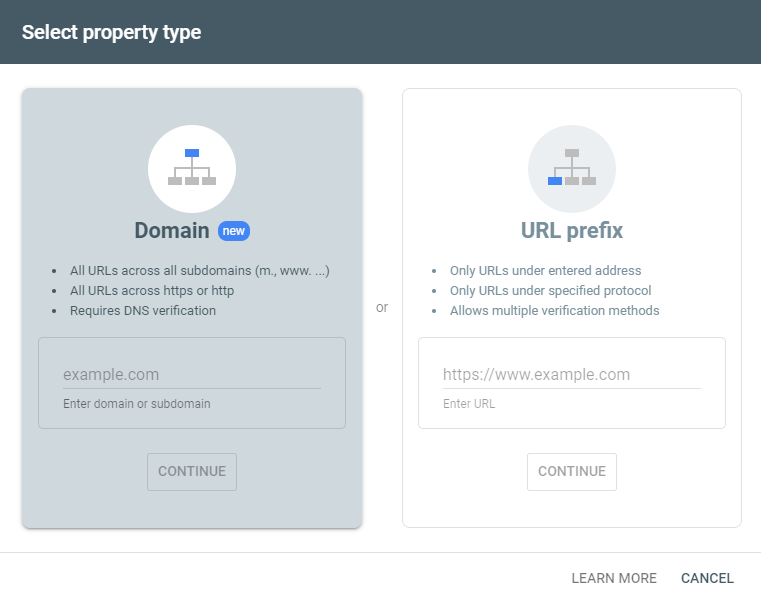
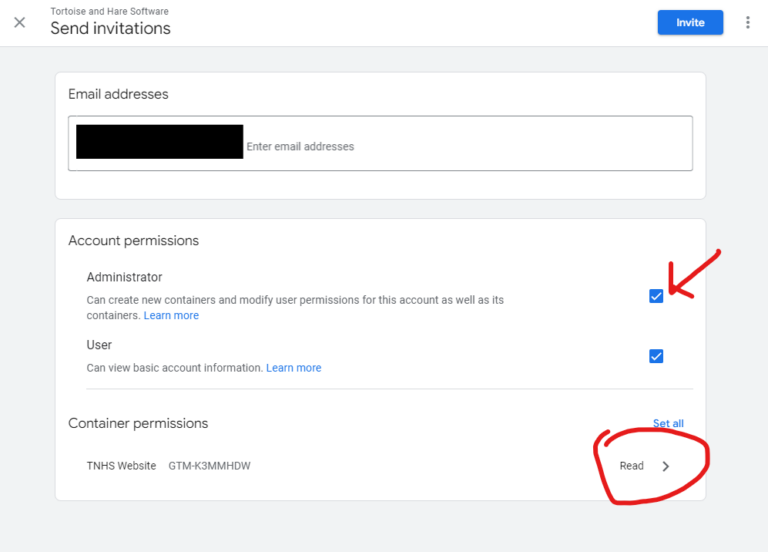





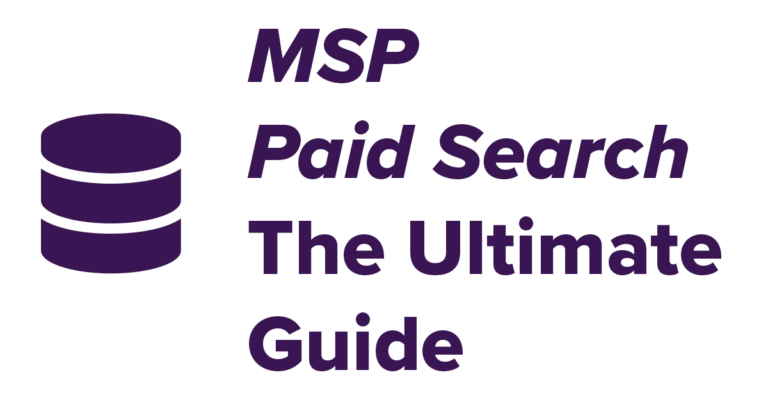
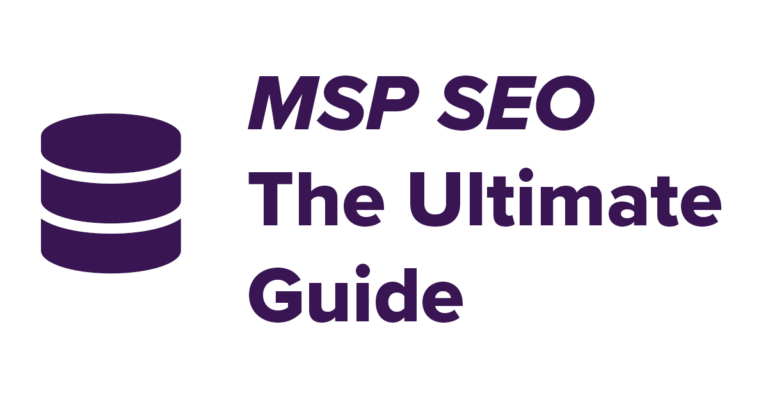

Leave a Comment